Wireless Electricity: Nikola Tesla’s Century-old Dream Coming to Life
The concept of wireless electricity—a vision championed by Nikola Tesla in 1901—is on the brink of transforming modern energy distribution. Tesla’s early ideas involved transmitting electricity through the Earth’s ionosphere. Although those ambitions never materialized, they inspired generations of researchers. The field saw pivotal breakthroughs in the 1960s with William C. Brown, who used microwaves to power a helicopter, and by 1975, he and NASA transmitted 30 kilowatts over a mile at 50% efficiency. Today, rapid advancements in electromagnetic wave technology, lasers, and compact electronics have brought wireless energy transmission closer to practical reality.
How Wireless Power Works
Modern wireless electricity systems leverage electromagnetic waves—microwaves, radio waves, and lasers—to transfer energy without wires. The most ambitious vision includes solar power stations in space transmitting up to 1 gigawatt (the output of a nuclear plant) directly to Earth. This fusion of classic theories and bleeding-edge innovation is redefining how humanity could access and utilize energy.
Applications and Potential Benefits
Wireless power promises a host of disruptive applications:
- Satellites, drones, and remote sensors could be powered indefinitely, eliminating the need for battery changes.
- Electric vehicles may charge continuously while moving.
- Remote, infrastructure-poor regions could receive energy without costly installation of power lines and substations.
- Homes and businesses could operate without extensive wiring, and backup generators could be replaced with receiver antennas.
Space-based solar power also offers a secondary benefit: large, lightweight receiver antennas allow most sunlight to reach the ground, so farmland need not be lost to solar installations.
Key Players and Current Developments
Companies like EMROD (New Zealand) and Reach Power (USA) are achieving up to 95% energy efficiency in wireless transmission, aiming for 99%. NASA, Powercast, and Wi Charge are piloting wireless solutions for smart sensors and retail lighting. Japan’s space agency, JAXA, hopes to launch a space solar power station by 2030 capable of delivering 1 gigawatt continually down to Earth.
Remaining Challenges
Significant technological and practical hurdles persist:
- Optimizing energy efficiency is essential to minimize losses.
- Ensuring safety is paramount, as high-intensity electromagnetic waves could pose health risks.
- The technology currently requires large receiver antennas, presenting logistical challenges.
- Interference with electronics and aviation, weather effects, and environmental impacts must be addressed.
- Security concerns include the possibility of energy theft or hacking.
There’s social skepticism about the impact of long-term exposure to electromagnetic fields, possible interference with devices, and the risks to humans, animals, and flying objects. Commenters also debate the environmental trade-offs, economic implications, and the potential commoditization or monopolization of new energy technologies.
Regulatory, Economic, and Societal Implications
Wireless electricity might require new forms of government regulation. Issues include grid stability, pricing, initial installation costs, and equitable energy distribution. The transition could also challenge entrenched power structures and business models, as well as prompt debate about privacy, security, and safety standards.
Outlook: A Transformative Era
If research and commercialization maintain good progress, wireless electricity may soon be deployed in homes and commercial buildings, revolutionizing how energy is accessed worldwide. The technology could reshape energy equity, environmental sustainability, and day-to-day convenience. However, the path forward requires balancing innovation with caution, ensuring safe deployment, and managing social, regulatory, and ecological risks. As Tesla’s dream finally begins powering homes, society faces a crossroad of opportunity and challenge, with the potential to fundamentally redefine our energy future.
More information is available here.
Image: Composite of images from Pixabay.com






You must be logged in to post a comment.